MARKET OVERVIEW
When it comes to eye care and the field of ophthalmology, the Global Corneal Implants market and domestic businesses stand at a transformational juncture. In the years to come, the market will witness the new innovative solution that would redefine the way corneal conditions are treated. These means indwell corneal implants, or devices intended to restore vision or protect the cornea, will evolve further for worldwide impact on patients. Since people will have to perform corrective procedures for various eye-related conditions, constant expansion of this market is propelled.
The Global Corneal Implants market thus seems poised for big changes, courtesy of emerging technologies and ever-deepening comprehension of corneal diseases. An implant that ranges from the artificial cornea to ring segments is gradually being well adopted-for example, as more improvements in biocompatibility, functionality and emerging techniques of surgery are established. Particularly, future trends will highlight a shift towards more personalized treatments that cater to individual patient needs, improving overall effectiveness.
Innovation in biomaterials and medical technology will determine the course that the Global Corneal Implants market takes. These advances in bioengineering could lead to the development of materials that would be more durable, flexible, transparent, and as a consequence, able to increase implant longevity and success rates. As the market develops, surgical procedures will be improved, which will result in shortened recovery time as well as less invasive methods with fewer post-operative complications. This progress will make the surgeries of corneal implants accessible to a larger part of the population and thus altogether change the industry dynamics.
The future Global Corneal Implants market will have yet another important aspect in its landscape-global collaboration opportunities. As research institutions and manufacturers collaborate, novel implants will be developed and distributed faster. With such collaborations, knowledge and technology will cut across borders, and treatments will be delivered faster to underserved regions. Such partnership will also be critical in developing cheaper options, thus broadening the scope of corneal implants in populations who lack access to high-quality eye care.
Emerging markets are probably going to develop an improved healthcare infrastructure that would drive more demand for corneal implants to a greater degree. Furthermore, the increased number of hospitals and clinics that provide advanced medical equipment means that these implants will become more accessible to patients who require the latest types of therapies. Indirectly, operative cost for the surgical procedure along with implant costs will get lowered as the techniques improve, leading to democratization of advanced vision correction procedures.
The future of the Global Corneal Implants market will also include changing patient awareness and expectations. With the public having more and more access to information channelized through digital systems, the patient is now greatly informed on what could be available as treatment alternatives. That means more and personalized treatment demands, affecting market dynamics once again. This will create more impetus for manufacturers to develop solutions that are more customized and can meet the needs of diverse patients.
To sum up, the Global Corneal Implants market is bound to metamorphose into a great deal over the next couple of years. Such manifestations are technology-driven and strengthened by collaboration and better understanding of patient needs. As these developments occur, corneal implants will play a more significant role in restoring millions' vision and quality of life worldwide. The industry's future is bright; it will likely change the facade of ophthalmology.
Global Corneal Implants market is estimated to reach $963.37 Million by 2032; growing at a CAGR of 6.8% from 2025 to 2032.
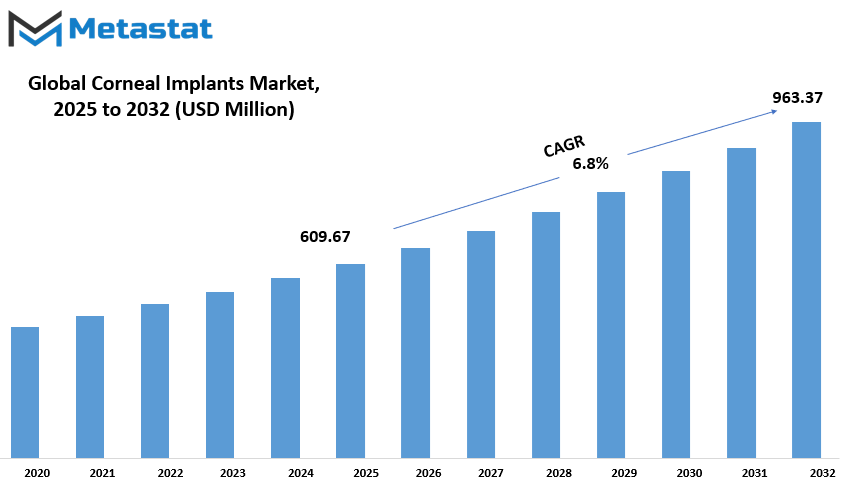
GROWTH FACTORS
According to industry research, the market for Global Corneal Implants market is gaining considerable advancement with the escalated rate of incidence in general among people with corneal infirmities. Also at international levels, with the increasing prevalence of eye illnesses, the demands for effective treatments have continued escalating. Corneal implants are of great value for the restoration of vision in patients suffering from keratoconus, corneal scars, or infections leading to loss of sight. Emerging treatment technologies promise to make improvement treatments accessible.
Furthermore, there is a major advance in the design and material of corneal implants because research and development are defining new contours in better and cheaper treatments. Hence, these improvements have led to the corneal implants developed, which show superior durability and biocompatibility and achieve better outcomes for the patients. Innovations such as that presented with artificial corneas and bioengineered tissues are providing patient treatment avenues that may not be eligible for treatment currently available through traditional transplant means.
However, there are certain factors that can hamper the growth of the market; one of the major issues is the costing involved in corneal procedures, which includes very high costs incurred in carrying out such installations. Most of such treatments come up with some very high standards of medical facilities, surgical tools, and care services; hence, it is relatively high priced for the hospitals or clinics, as well as patients.
Even insurance coverage is limited for such treatment procedures. Accessibility and affordability are coupled with issues in many developing countries where the healthcare systems are still evolving. The majority of patients cannot be made available to skilful ophthalmologists or facilities to undergo the procedure of corneal implantation due to the limited options of treatment possible on their behalf.
However, the growing popularity of minimally invasive surgical techniques is expected to form promising avenues for the market in the coming years. Reduced recovery time, a lower risk for complications, and a broad scope of patient satisfaction all characterize these techniques. These advances in medical technology guarantee that procedures progress in efficiency and flexibility, which enables a broad population to enjoy the benefits of corneal implants. Greater awareness and initiatives toward improving underdeveloped health infrastructures will also help eliminate the gap in accessibility. The combined efforts of various organizations and governments regarding eye-related healthcare programs may further positively impact the expansion of the said market.
Technologically and demanding, hence, it directs the Global Corneal Implants market towards growth. Though accessibility and cost push challenges, the developments so far made in surgical methods or implant materials would go further to help in future development. Corneal implants seem to have a bright future with further research and increasing innovative effort to improve treatment availability.
MARKET SEGMENTATION
By Type of Implant
The global corneal implant market is growing rapidly, mainly due to the rising number of eye disorders and the advancement of medical technology. Amongst numerous disorders, corneal disorders and injuries or infections are the able contenders to cause blindness. The continuous improvement of surgical techniques by researchers and medical professionals, who are involved in developing new materials that further help in increasing the success rate of these surgeries, goes hand in-hand with the growing need for corneal implants.
The market for corneal implants splits into two main segments based on implant material: human cornea and artificial cornea. As the preferred choice of many patients, the human cornea segment enjoys substantial market value of $322.80 million given its compatibility and effectiveness. The artificial cornea segment, however, is rising in prominence especially for cases where patients do not qualify for conventional corneal transplantation. Alternative for rejection persons and also those who have gone more than one failed transplantation.
With an aging population, growing awareness of eye health, and improvements in medical infrastructure for delivering such demands, corneal implants will gain wider acceptance. Investments are there in the countries for eye care programs along with organ donation awareness campaigns to balance the cry for donor corneas. Innovative technologies like bioengineered corneas and 3D printing techniques are aspirational with respect to the transformation of such industry towards offering well-accepted, longer-lasting innovations to patients across the globe.
Notwithstanding all these, the corneal implant market faces some hurdles. Constraints including unavailability of donor corneas, high prices of surgery, and regulatory intervention within different regions pose challenges to the smooth running of the markets. So far, the introduction of artificial corneas, though showing much promise, is still being developed, with researchers busily working to prove biocompatibility along with the minimum possibility of complications occurring after surgery. Therefore, joint ventures between various international organizations and other efforts towards boosting donor corneas throughout eye banks are really essential in closing the gap in supply and demand.
In the foreseeable future, market growth shall also be enhanced by innovations and developments in the therapeutic arena. With a focus on regenerative medicine and tissue engineering, there might be blockbuster solutions to advance corneal repair and replacement. With increasing emphasis on eye health, along the advancement of corneal implants will consequently improve the quality of life for patients, with enhanced vision and a better tomorrow.
By Surgery Method
Such as corneal disease and development in medical technology, the Global Market for Corneal Implants are growing steadfastly. Corneal implants are of importance in the restoration of vision in individuals having damaged or diseased cornea and effective solution to individuals wherein conventional treatments do not provide good outcomes. As more people are now seeking options to correct vision, the demand for corneal implants will continuously rise, thanks to better surgical methods and the number of specialist healthcare centers mushrooming.
Research Method: The market is divided into Penetrating Keratoplasty, Endothelial Keratoplasty, and other procedure types. The Penetrating Keratoplasty is the most commonly used technique, in which the damaged cornea is replaced entirely with a donor cornea. It is the technique that helps to treat advanced diseases of the cornea. However, it takes a longer time to recover after the operation. In Endothelial Keratoplasty, however, only the innermost layer of the cornea is replaced. This is the procedure that is recommended for some conditions because patients recover faster and have fewer complications afterward. The other types of procedures encompass newer, evolving techniques as researchers continue to innovate ways to improve surgical outcomes and the patient experience.
New finding of awareness on corneal diseases and high availability of corneal transplant procedures, such as the advancement of technology in corneal implants, is of importance in spearheading the growth of the market. Several people globally suffer from ailments such as keratoconus, Fuchs' dystrophy, and scarring of the cornea that would affect vision very much. Such conditions can now be diagnosed much earlier with the development of advanced diagnostic tools, leading to timely interventions that would have better patient outcomes. Apart from this, the government is also launching initiatives with non-governmental organizations that promote eye donation as a means of solving the shortage of corneal tissues for transplantation.
These changing technologies also account for the improvement in the market of corneal implants. These advances in technology include the exploration into the use of artificial corneas and bioengineered tissues, which promise to reduce the dependence on humans as donors. Emerging from these innovations will turn corneal implants into easily accessible clinical therapies and decrease waiting times for patients needing corneal transplants. Besides that, improvements in surgical techniques, such as laser-assisted procedures, are increasing the precision and reducing the recovery time, thus making the treatments attractive to patients and healthcare providers.
But there are still few disadvantages in the corneal implants market. First, the donor corneas are not available for most regions in the world, and the cost of surgeries may become a barrier for some patients. Furthermore, possible outcomes that degrade effectiveness are post-surgical complication graft rejection or infection. However, there are continuous efforts in research and improvement in techniques, which, in the future, are expected to resolve many of these issues, resulting in corneal implants becoming a viable option for restoring vision.
By Disease Indication
The market for corneal implants globally has gained momentum on account of the increasing incidences of eye diseases coupled with medical advancement. Corneal implants are meant to treat various vision-related diseases like keratoconus, fuchs dystrophy, infectious keratitis, and corneal ulcers. Therefore, as one afflicted with the ailment laments, the more expands the demand for the different methods of treatment that this disease brings. Genetic predisposition or infection inputs may, in themselves, account for many cases of corneal disease, from which point on implants become an unavoidable remedy for visual rehabilitation.
One of the prime reasons for the surge in this market is the rise in incidences reported among people suffering from keratoconus. The disease involves congenital thinning and conical formation of the cornea with aberrant focus. Glasses and contact lenses may delay the visibility loss in its early stages; corneal implants are required for later stages. Another leading cause of corneal failure is Fuchs Dystrophy. Fuchs' dystrophy is a disorder of the inner layer of corneal cells characterized by degenerating cells that lead to corneal swelling and, ultimately, blur vision. In most cases, sight restoration becomes inevitable because of the gradual nature of the disorder.
Infectious Keratitis is yet another form in which the market is said to progress. This infection produces inflammation of the cornea with accompanying pain, redness, and visual disturbance. If not treated, it may cause extensive damage, further increasing the need for corneal implants in such instances. Corneal ulcers-the corneal surface, in turn, are another contributor to the corneal implants. These ulcers develop primarily due to an infective process, dry eye disease, or trauma, and if not treated appropriately, result in visual loss.
Medical advancements have aided in delivering corneal implants to the masses. The innovations of bioengineered corneas and artificial implants have enhanced the success rate of corneal implant surgery. Surgeons now can provide their patients with better treatment options that come with less risk and a quicker recovery time. As awareness about eye health approaches gained traction, so had the acceptability and requests of these groups for advanced methods of treatment. As a result, this has propelled the market growth forward.
Likewise, recognized healthcare bodies and organizations are trying to ensure that corneal implants are cheap and available in developing locations. Governments and lots of NGOs are developing programs to ensure the delivery of adequate eye care services and help an increased number of people benefit from these life-changing procedures. With continuous R&D, the future of the global corneal implants market appears bright, as an increasing number of patients will get better treatments, offering improved vision and quality of life for those suffering from corneal maladies.
By End-use
The corneal implants market is growing worldwide due to the rising rates of corneal diseases, coupled with advances in medical technology. The millions of people who suffer from vision-related problems will always call for treatment, and hence demand will rise. Corneal implants have become a very reliable solution to restoring sight among patients who have medical conditions like keratoconus, corneal scarring, and dystrophies. They improve vision by substituting the damaged or diseased corneal tissue with an artificial or donor cornea, thus winning the patient a chance of eyesight restoration and improved living conditions.
In fact, various forms of corneal implants have been created as a result of medical advances (synthetic and bioengineered). Innovations in materials and surgical techniques have enhanced success rates and made surgeries less morbid, further improving their safety and broadened accessibility. Unlike before, more patients will now get the opportunity to access the advancements, which will thus result in an increased number of successful vision restoration cases.
Based on end-user characteristics, the market of corneal implants is distributed at hospitals, followed by ophthalmic centers and ambulatory surgical centers. A significant occurrence of hospitals has taken place in the first position because most of them have a series of amenity setting, a galore of experts to provide best-in-class medical care, and take cases ranging from simple surgeries to more complex surgeries. They lead the industry.
They guarantee their patients a complete preoperative review into postoperative follow-ups to ensure at all costs that the surgery is appropriately memoired. Ophthalmic centers are specialized in eye-related conditions and procedures, which thus make such centers a preferred choice for many patients. Such centers do have special expertise in corneal transplants, many of such centers are usually less choosy on the wait time and offer individualized treatment plans. Ambulatory surgical centers contribute to the market by performing procedures on that same day, causing decreased hospital time, making the process much more convenient for the patient.
Indeed, increasing awareness regarding eye health along with government initiatives to reduce blindness rates increased corneal transplant cases. Numerous eye banks and non-profit organizations promote corneal donations to fill up the gap in donor corneas, making the procedure accessible to more patients. Besides, developing artificial corneas has lessened the building limits related to the shortage of donors, making more treatments accessible.
The corneal implants market is going to grow really fast in the future and will create many opportunities for research and the flourishing of medical technology-based innovations. Increased access by patients to treatment, improved surgical outcomes, and awareness among the masses are going to propel further expansion. More people suffering from vision impairment would have their eyes restored due to these innovations and would improve their overall well-being and quality of life.
|
Forecast Period |
2025-2032 |
|
Market Size in 2025 |
$609.67 million |
|
Market Size by 2032 |
$963.37 Million |
|
Growth Rate from 2024 to 2031 |
6.8% |
|
Base Year |
2024 |
|
Regions Covered |
North America, Europe, Asia-Pacific, South America, Middle East & Africa |
REGIONAL ANALYSIS
Advancements in medical technology and mounting cases of corneal disorders stimulate the growth of the global corneal implants market steadily. Corneal implants restore sight for individuals whose corneas are damaged or diseased, thereby allowing these individuals to improve their quality of life. The market is set to continue developing in the coming years as more people learn about the treatment and as more facilities for healthcare emerge.
Geographically, the global corneal implants market is further segmented into various key regions and each has its own growth dynamics. North America, for instance, is a key market and is further segmented into the U.S., Canada, and Mexico. The healthcare system, advanced research institutions, and reimbursement policies beneficial to market growth further provide an excellent environment for this region. In fact, the U.S. has the lion's share in the region because of the high uptake of innovative medical solutions and the existence of industry major players.
In Europe, the market is attributed to the UK, Germany, France, Italy, and the Rest of Europe. Medical research capabilities in the region are strong, complemented by government initiatives, thus improving the growth of eye care services. The leading countries in this area are Germany and France, with high numbers of corneal transplantation procedures undertaken annually. Advances in surgical techniques coupled with the presence of skilled ophthalmologists further bolster the market trend in Europe.
Asia-Pacific, which includes India, China, Japan, South Korea, and the Rest of Asia-Pacific, registers the fastest growth in market expansion. An aging population, increasing incidence of eye-related diseases, and improved healthcare facilities drive the increasing demand. The growing number of specialized eye care hospitals and government programs in India and China that deal with blindness reduction help further boost the market. Another factor will be the accessibility of new technological advances in ophthalmology, which will allow wider adoption of corneal implants.
The South American market, which includes Brazil, Argentina, and the Rest of South America, is on a steady path of development. The area is faced with many problems, but with countries such as Brazil showing considerable improvements in healthcare infrastructure and government initiatives in place to assist organ donation and transplantation, hope exists for the region.
The developing emerging middle east and African market has its categories into, GCC Countries, Egypt, South Africa, and the Rest of Middle East & Africa. The market for corneal implants is developing since more and more clinics are educating and making the whole process friendly for the wide public in treating various vision-related problems. Government initiatives towards better healthcare services in the region are also seen to make an impact through international medical organizations making collaboration partnerships. South Africa, in particular, is making strides in ophthalmic treatments, and more healthcare providers are now offering specialized eye care services.
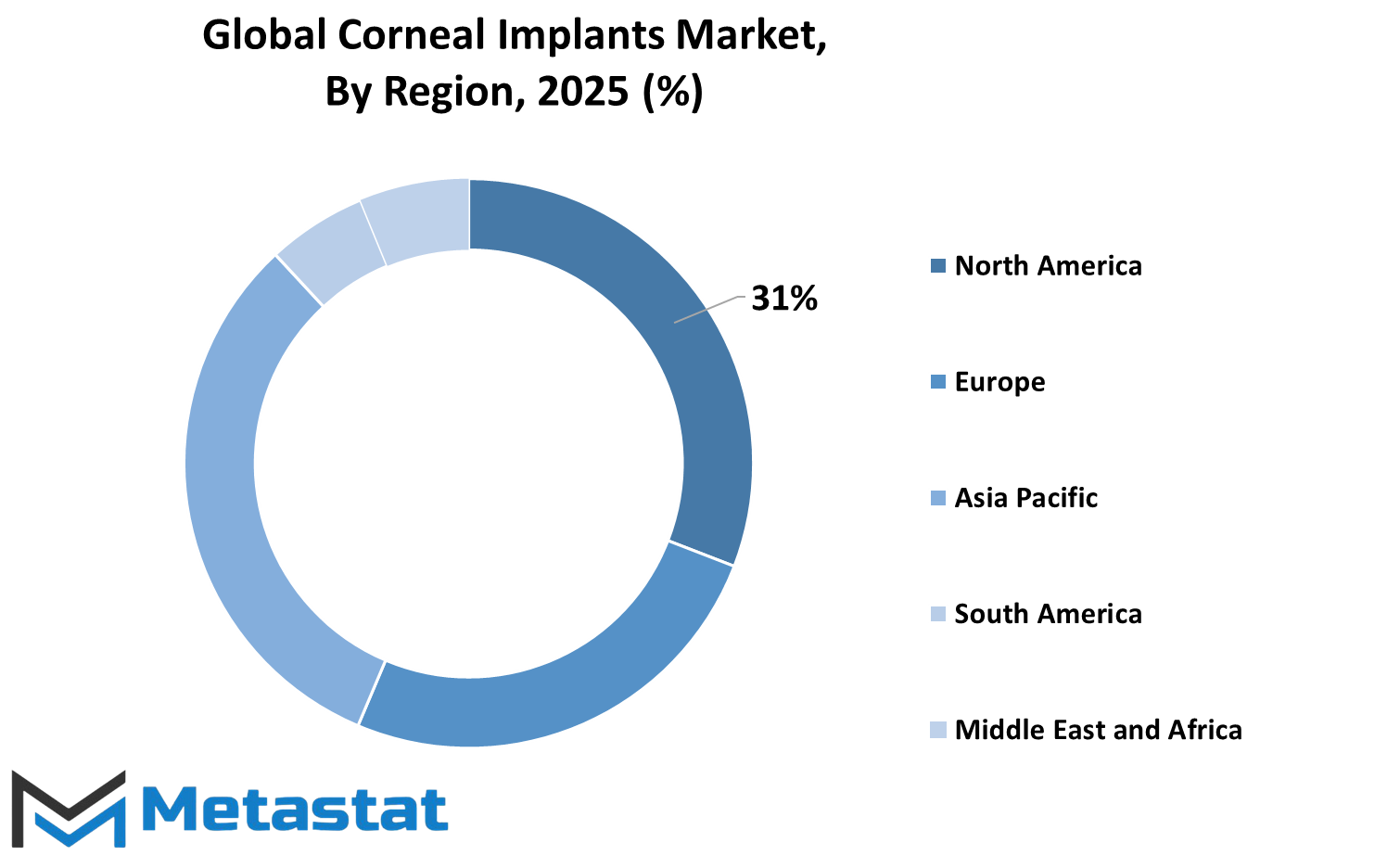
COMPETITIVE PLAYERS
The global corneal implants market is seeing significant market expansions owing to advancements in medical technologies and the increasing prevalence of eye disorders among patients around the world. Corneal implants restore vision within individuals with corneal diseases or deformities; an alternative to traditional corneal transplants. The number of people diagnosed with keratoconus, corneal scarring, and dystrophies is increasing, consequently demanding innovative solutions continuously.
One of the major driving forces of the market includes the rising population of older adults as this segment of the population is more prone to the various eye-related problems. The cornea weakens with age, thus causing impairment in vision. Furthermore, lifestyle changes combined with prolonged exposure to digital screens have caused a rise in eye problems, making corneal implants a very relevant option for patients. Increased awareness regarding advanced treatments and development in the healthcare systems have also stimulated this growing market.
There are several companies actively involved in the development and distribution of corneal implants. Major players operating in the global corneal implants industry include Alcon Inc.; Bausch & Lomb; Carl Zeiss Meditec AG; CorneaGen Inc.; Glaukos Corporation; Morcher GmbH; Ocular Systems Inc.; Ophtec BV; CorNeat Vision; Aurolab; AJL Ophthalmic S.A.; STAAR Surgical Company; DIOPTEX; and EyeYon. These companies exercise continued research and innovation aimed at improving the qualities, lifespan, or efficacy of corneal implants while exercising efforts in conducting minimally invasive procedures that improve outcomes and speed of recovery among patients.
The increasing trend toward artificial corneas and bioengineered substitutes has also been implicated in the market. The old corneal grafting technique, which uses tissues obtained from donors, is limited due to inadequately available tissues. Thus, artificial implants serve as a good alternative since they can help more patients receive treatment without waiting for donor availability. Moreover, such technological advancements have improved biocompatibility and thus made the implants safer and more efficacious.
In addition, government initiatives and funding related to eye care research stimulate the growth of the market. A growing number of countries now invest in serious public health interventions against preventable blindness and improved access to vision-related treatment. Also, regulatory bodies are fast tracking their approval processes to facilitate newer implants' market entry.
Sure, this is a developing field of science, and yet, what one may call, the opening conditions are challenging: high costs of treatments and specialized surgical skills. Nonetheless, research is progressing, and more affordable options will become available at a steady pace, thus slowly improving eye solutions for the future in the corneal implants market.
Corneal Implants Market Key Segments:
By Type of Implant
- Human Cornea
- Artificial Cornea
By Surgery Method
- Penetrating Keratoplasty
- Endothelial Keratoplasty
- Other Procedure Types
By Disease Indication
- Keratoconus
- Fuchs Dystrophy
- Infectious Keratitis
- Corneal Ulcers
- Others
By End-use
- Hospitals
- Ophthalmic Centers
- Ambulatory Surgical Centers
Key Global Corneal Implants Industry Players
- Alcon Inc.
- Bausch & Lomb
- Carl Zeiss Meditec AG
- CorneaGen Inc.
- Glaukos Corporation
- Morcher GmbH
- Ocular Systems Inc.
- Ophtec BV
- CorNeat Vision
- Aurolab
- AJL Ophthalmic S.A.
- STAAR Surgical Company
- DIOPTEX
- EyeYon
WHAT REPORT PROVIDES
- Full in-depth analysis of the parent Industry
- Important changes in market and its dynamics
- Segmentation details of the market
- Former, on-going, and projected market analysis in terms of volume and value
- Assessment of niche industry developments
- Market share analysis
- Key strategies of major players
- Emerging segments and regional growth potential



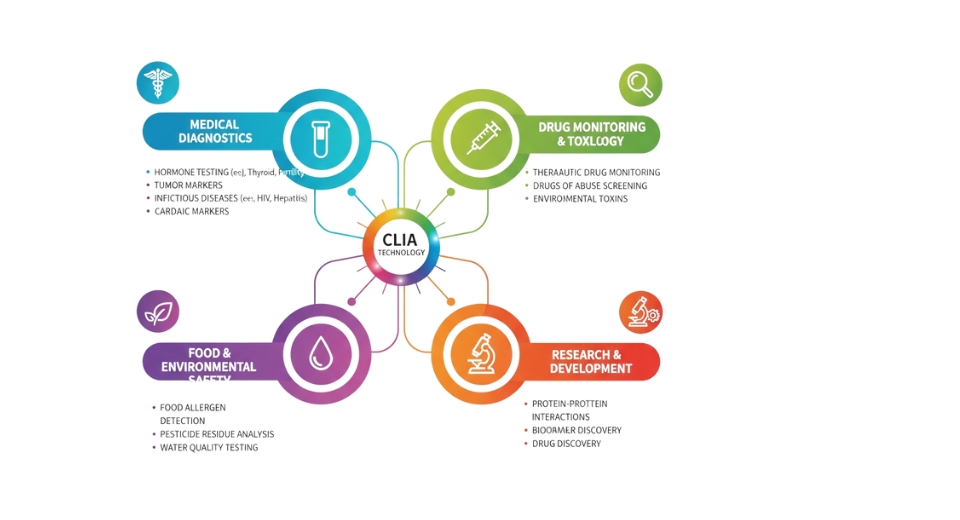

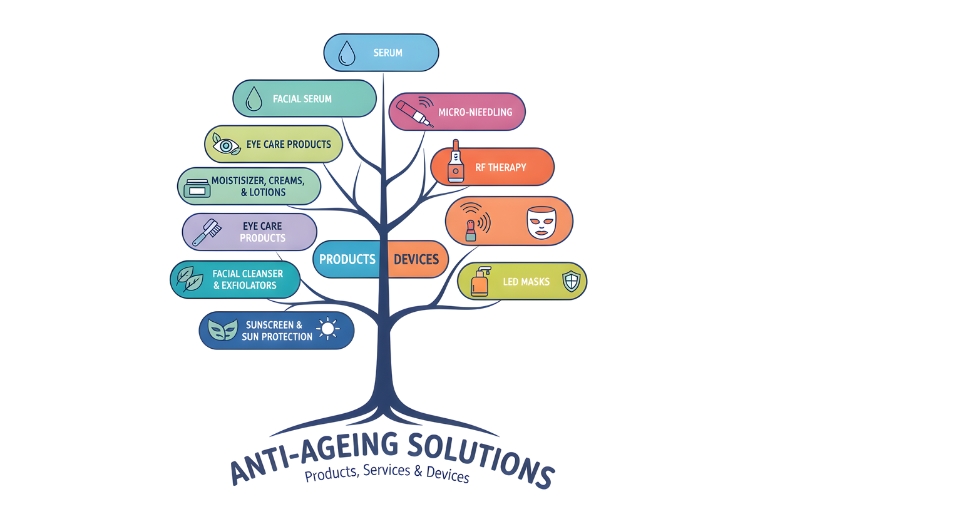
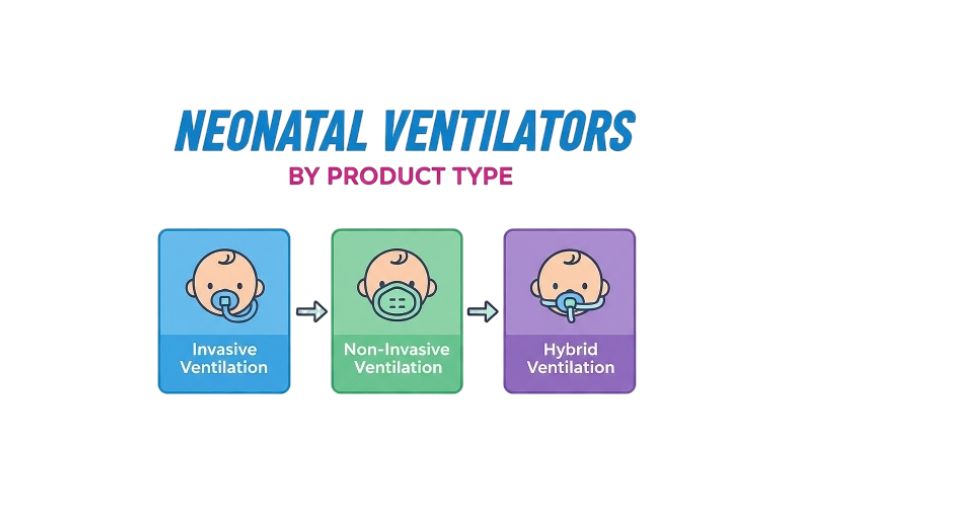

 US: +1 3023308252
US: +1 3023308252






